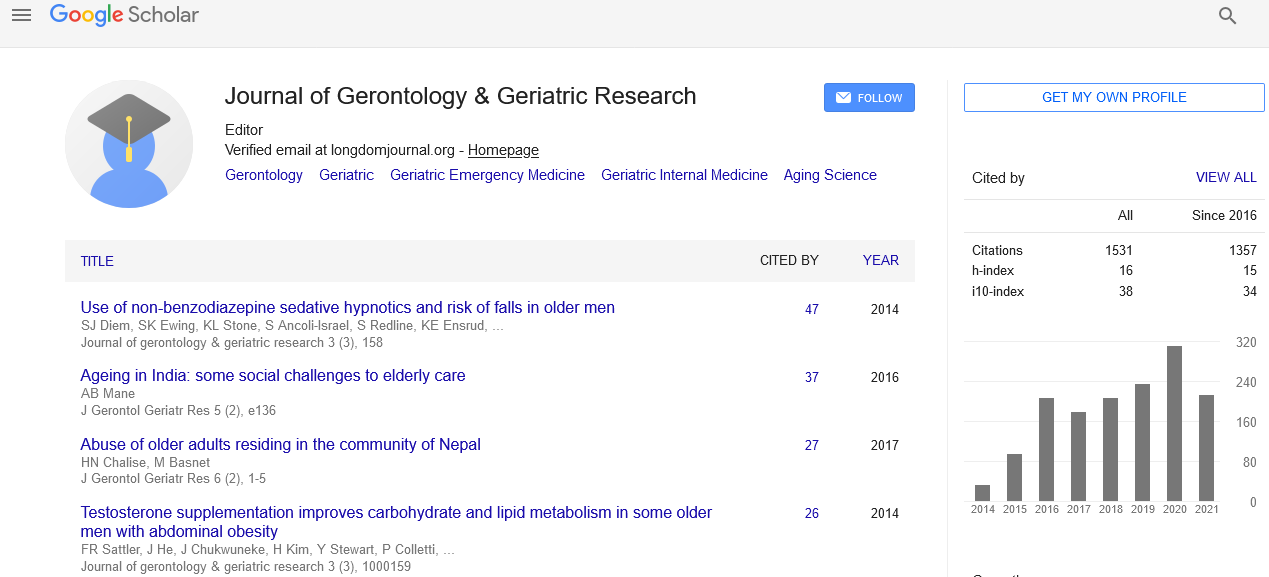PMC/PubMed Indexed Articles
Indexed In
- Open J Gate
- Genamics JournalSeek
- SafetyLit
- RefSeek
- Hamdard University
- EBSCO A-Z
- OCLC- WorldCat
- Publons
- Geneva Foundation for Medical Education and Research
- Euro Pub
- Google Scholar
Useful Links
Share This Page
Journal Flyer

Open Access Journals
- Agri and Aquaculture
- Biochemistry
- Bioinformatics & Systems Biology
- Business & Management
- Chemistry
- Clinical Sciences
- Engineering
- Food & Nutrition
- General Science
- Genetics & Molecular Biology
- Immunology & Microbiology
- Medical Sciences
- Neuroscience & Psychology
- Nursing & Health Care
- Pharmaceutical Sciences
Abstract
Predictive Value of Nutritional Risk Index in Prevalence of Coronary Artery Disease in Chinese Middle-Aged and Older Male Patients
Shijun Li, Na Li, Xia Huo, Li Zhang and Xiaoying Li
Objective: Cardiovascular disease and malnutrition may be interrelated, and malnutrition may directly contribute to a fatal outcome. We aimed to evaluate the predictive role of Nutritional Risk Index (NRI) in prevalence of Coronary Artery Disease (CAD) in Chinese middle-aged and elderly male patients.
Methods: Levels of serum albumin, prealbumin and hemoglobin were determined at hospital admission in 197 enrolled patients. The body mass index (BMI) was calculated as weight in kilograms divided by height (meters²). The NRI formula as follows: NRI= (1.519 × serum albumin, g/dL) + (41.7 × present weight (kg)/ideal body weight (kg)).
Results: There were high levels of albumin and NRI in CAD cases as compared to controls. The percentages of malnutrition in all patients, CAD patients and control cases were 37.56%, 33.96% and 52.63%, respectively. The patients with malnutrition had lower prevalence of coronary artery disease as compared to the patients with better nutrition (69.64% vs. 86.14%). NRI value was closely related to prevalence of CAD, and was an independent risk factor for CAD. The area under the curve of NRI was 0.65, and the Youden index of NRI was 0.33. The sensitivity and specificity of NRI for predicting prevalence of CAD were 89.18% and 43.56%, respectively. The optimal diagnosis criterion of NRI for CAD was higher than 45.29.
Conclusion: Malnutrition as assessed by NRI is associated with prevalence of CAD, and is a more reliable and independent indicator of prevalence of CAD in Chinese middle-aged and elderly male patients.


